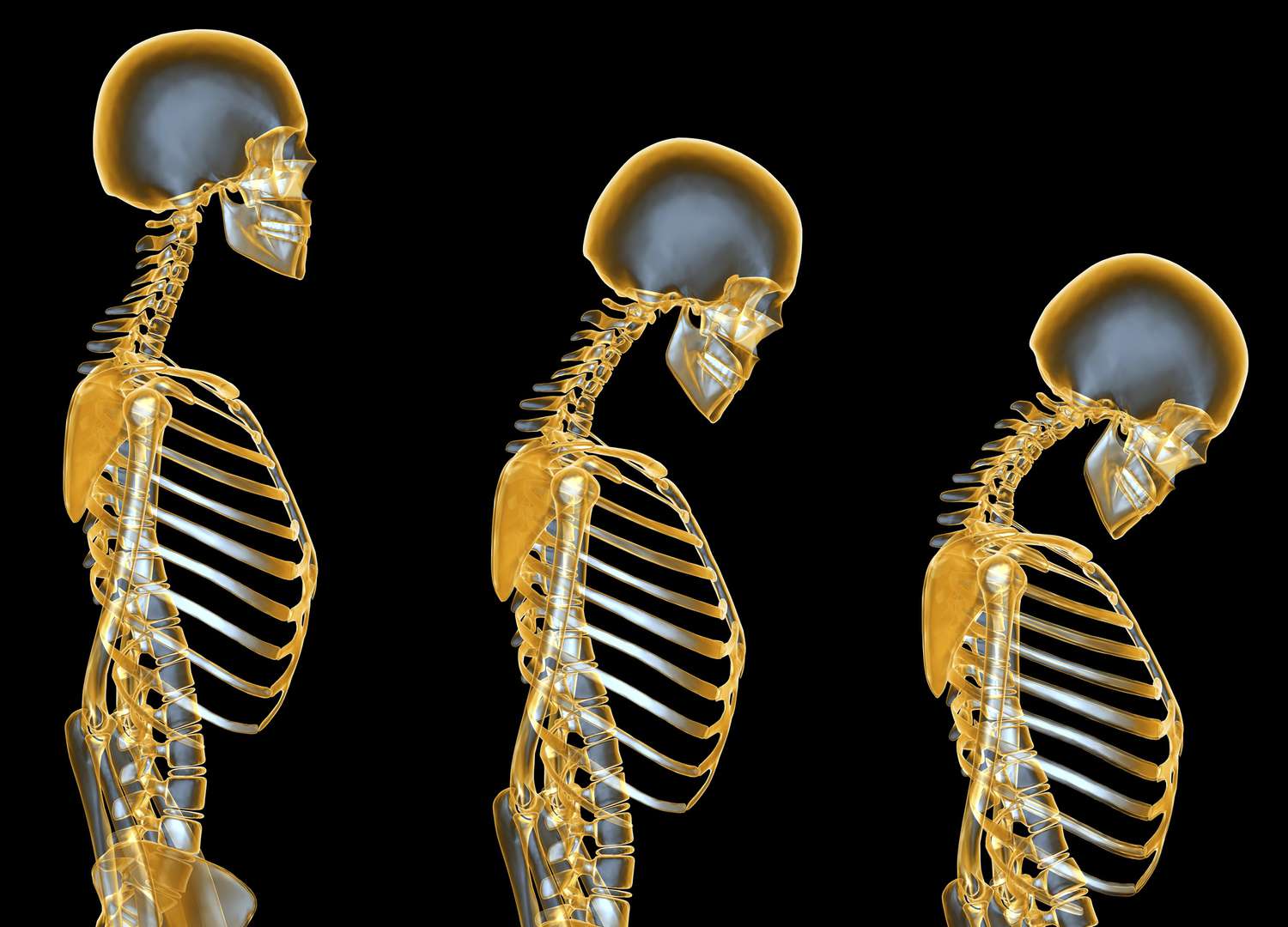All Bone Related Problems

All Bone Related Problems
Bone-related problems can affect individuals of all ages and can range from mild discomfort to severe disability. Whether caused by injury, aging, genetic conditions, or lifestyle factors, these problems can impact your daily activities and overall well-being. In this guide, we explore all bone-related problems, their causes, symptoms, and treatment options to help you understand how to address these issues effectively.
What Are Bone Related Problems?
Common Types of Bone Related Problems
- Osteoporosis: Osteoporosis is a condition where bones become weak or brittle due to a decrease in bone density. It is most common in older adults, particularly postmenopausal women, and can lead to fractures, especially in the spine, hips, and wrists. People with osteoporosis often experience no symptoms until a bone fractures.
- Osteoarthritis: Osteoarthritis (OA) is a degenerative joint disease that affects the cartilage at the ends of bones, causing pain, stiffness, and swelling. While it primarily affects joints, the wear and tear it causes can have significant effects on the bones and surrounding tissues, leading to difficulty in movement.
- Fractures: Bone fractures occur when a bone breaks due to trauma, such as falls, accidents, or sports injuries. They can range from minor cracks to complete breaks and often require medical intervention for healing. Fractures commonly affect the arms, legs, wrists, and ankles, but any bone in the body can be fractured.
- Scoliosis: Scoliosis is a condition in which a spine curves abnormally to the side. This misalignment can cause back pain, difficulty with posture, and other complications if not addressed. It is often diagnosed during childhood or adolescence but can develop in adulthood due to aging or other underlying conditions.
- Rheumatoid Arthritis (RA): RA is an autoimmune disease that causes the body’s immune system to attack healthy joints and bones, leading to inflammation, pain, or long-term damage. It can affect multiple joints throughout the body, often targeting the small bones in the hands and feet.
- Paget’s Disease of Bone: Paget’s disease is a chronic condition that causes bones to grow abnormally, leading to weakened bones and increased risk of fractures. It can affect any bone in the body but is most common in the pelvis, spine, skull, and legs. Symptoms may include pain, deformities, or an increased risk of fractures.
- Bone Cancer: Bone cancer is a rare but serious condition where abnormal cells grow uncontrollably in the bone tissue. It can develop in any bone, but the most common types of bone cancer are osteosarcoma, chondrosarcoma, and Ewing’s sarcoma. Symptoms typically include localized pain, swelling, and fractures.
- Bone Infections (Osteomyelitis): Osteomyelitis is an infection of the bone, usually caused by bacteria that enter through a wound or infection elsewhere in the body. It can cause severe pain, swelling, and fever, and may require antibiotics or surgery to remove infected tissue.
Causes of Bone Related Problems
Several factors can contribute to bone-related problems:
- Aging: As we age, bones naturally lose density and strength, making them more susceptible to fractures and other conditions like osteoporosis and osteoarthritis.
- Genetics: Family history plays a significant role in the development of certain bone conditions such as osteoporosis, scoliosis, and Paget’s disease.
- Injury or Trauma: Physical injuries, including falls, accidents, and sports injuries, can lead to fractures, dislocations, or other bone issues.
- Poor Nutrition: A lack of essential nutrients, such as calcium and vitamin D, can contribute to weakened bones and increase the risk of osteoporosis and fractures.
- Medical Conditions: Chronic diseases like rheumatoid arthritis, diabetes, or hyperthyroidism can impact bone health. Additionally, conditions like cancer may directly affect the bones.
Symptoms of Bone Related Problems
Symptoms of bone-related issues can vary depending on the condition, but common signs include:
- Persistent pain in bones or joints
- Swelling or inflammation around the affected bone or joint
- Limited range of motion or stiffness
- Deformities, such as a hunched back (in cases of scoliosis)
- Increased risk of fractures or bone breaks
- Tenderness or redness in the affected area
- Difficulty with everyday movements like walking or climbing stairs
Treatment Options for Bone Related Problems
Treating bone-related problems involves a variety of approaches, ranging from lifestyle changes and medication to surgery. The most appropriate treatment depends on the specific condition and its severity:
- Medications: Medications like pain relievers, anti-inflammatory drugs, and disease-modifying treatments (e.g., for rheumatoid arthritis) can help alleviate symptoms and manage pain. Bisphosphonates and calcium supplements are often used for osteoporosis.
- Physical Therapy: Physical therapy can help improve strength, flexibility, and mobility in individuals with joint or bone-related conditions. It is particularly beneficial for conditions like osteoarthritis, scoliosis, and fractures.
- Surgery: In some cases, surgery may be required to repair fractures, correct deformities, or treat severe bone conditions. Surgical options include joint replacements, spinal surgery for scoliosis, or bone grafts for conditions like Paget’s disease.
- Lifestyle Modifications: Maintaining a healthy diet rich in calcium and vitamin D, along with weight-bearing exercises like walking and strength training, can help improve bone density and prevent further issues. Quitting smoking and limiting alcohol intake are also important for bone health.
- Bone Density Testing: For conditions like osteoporosis, bone density testing can assess the strength of bones and help doctors recommend appropriate treatments to prevent fractures.
